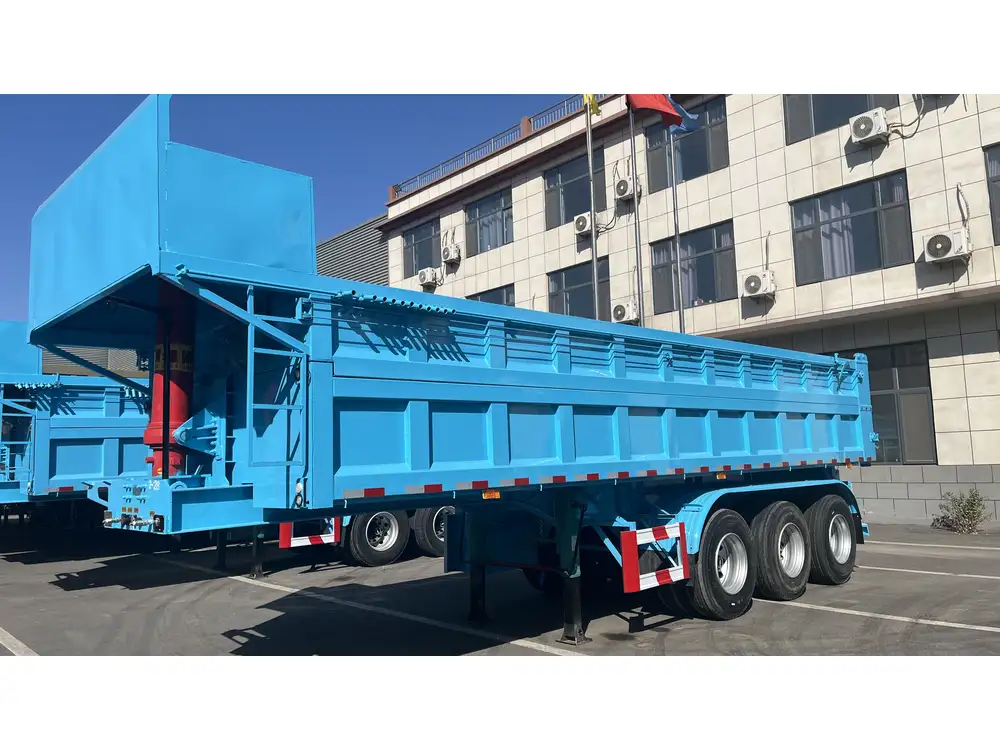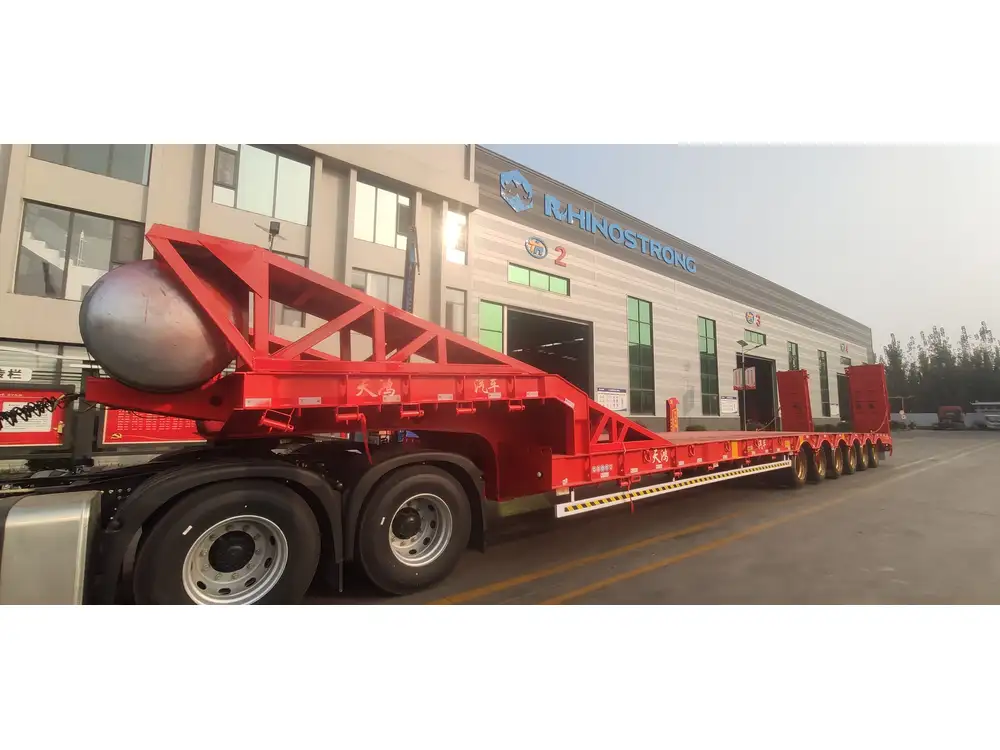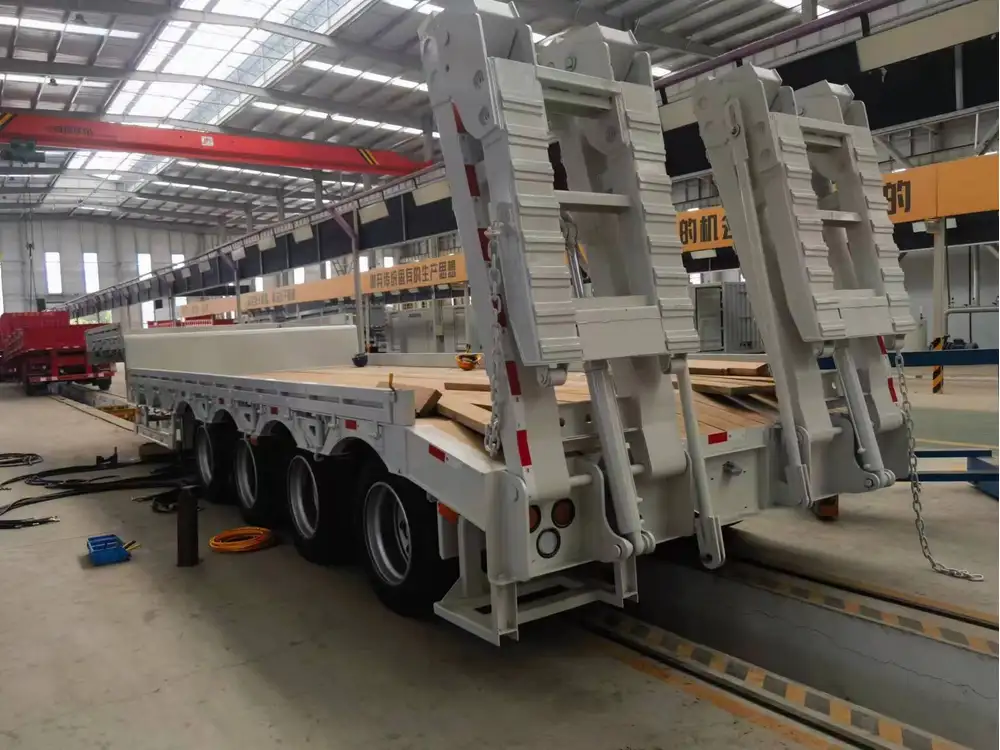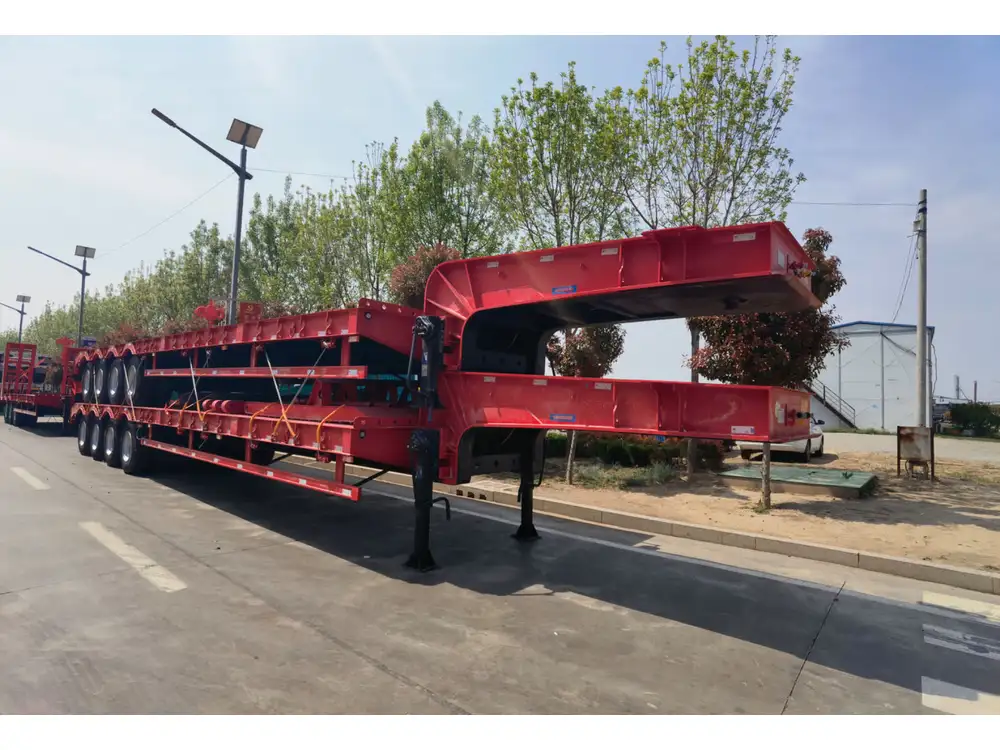Understanding the capacity of dump trailers and optimizing their usage for transporting manure is critical for farmers, landscapers, and agricultural businesses. This guide aims to elucidate the intricacies of dump trailer capacities, factors influencing those capabilities, and practical considerations for maximizing your hauling efficiency.
What is a Dump Trailer?
A dump trailer is a specialized type of trailer designed for transporting loose materials, such as soil, gravel, and especially manure. These trailers come equipped with hydraulic systems that allow the bed to elevate, enabling the contents to be discharged quickly and efficiently. Depending on the design and size, dump trailers can handle a wide range of payloads.
Key Features of Dump Trailers
| Feature | Description |
|---|---|
| Hydraulic Lift | Enables easy unloading with minimal effort. |
| Durability | Built with robust materials to withstand heavy loads. |
| Variety of Sizes | Ranges from small utility trailers to large commercial models. |
| Tipping Capacity | Varies by model; some can tip over 16,000 lbs. |

Factors Influencing Capacity
Trailer Size
The size of the dump trailer significantly influences how much manure it can carry. Common sizes range from 6 to 16 feet in length. More extended trailers will naturally have a higher volume capacity.
Material Density
Manure density varies based on moisture content and composition. For instance, well-composted manure is less dense than fresh manure, affecting how much can be loaded. On average:
- Fresh Manure: Approximately 1,000-1,200 lbs per cubic yard.
- Composted Manure: Approximately 700-900 lbs per cubic yard.

Weight Limit Regulations
Each dump trailer has a Gross Vehicle Weight Rating (GVWR), which is the maximum allowable weight of the vehicle plus its load. Be mindful of local regulations to prevent penalties or safety issues.
Load Distribution
Proper load distribution is paramount for safe hauling. Overloading the trailer can lead to swaying or tipping, posing severe safety risks. Always ensure the load is evenly distributed to maximize stability.
Calculating Capacity: Step-by-Step
To determine how much manure your dump trailer can fit, you can follow a simple calculation based on the trailer’s dimensions and the density of the manure.

Step 1: Determine the Volume of Your Trailer
The volume (in cubic yards) of a typical dump trailer can be calculated using the following formula:
[ \text{Volume} = \text{Length} \times \text{Width} \times \text{Height} \times \frac{1}{27} ]Where:
- Length, Width, Height are in inches
Step 2: Calculate the Weight of Manure
Using the average density of the type of manure, you can find the total weight that the trailer can carry.
[ \text{Weight} = \text{Volume (cubic yards)} \times \text{Density (lbs per cubic yard)} ]Example Calculation
Let’s assume:
- A dump trailer measuring 12 feet long, 6 feet wide, and 4 feet high.
- Using an average density for fresh manure of 1,100 lbs/cubic yard.
- Convert dimensions to inches:
- Length = 144 inches
- Width = 72 inches
- Height = 48 inches
- Calculate volume:
- Calculate weight:

Final Considerations
Ensure you remain within your trailer’s GVWR, adjusting for the moisture content of the manure for maximum efficiency.
Choosing the Right Dump Trailer for Manure Transport
When selecting a dump trailer for manure hauling, consider the following factors:
1. Size and Capacity
Choose a trailer that meets your capacity needs while considering the limits set by your towing vehicle.

2. Durability and Material
Seek trailers made of high-strength materials, particularly those resistant to corrosion and degradation due to manure contact.
3. Hydraulic System
A reliable hydraulic lift system is essential for quick and easy unloading. Check for warranty and service options.
4. Tipping Mechanism
Trucks with multiple tipping positions offer flexibility in unloading, useful in varying terrain.

5. Pricing and Financing Options
Evaluate your budget, considering both initial purchase price and long-term maintenance costs. Explore financing options if necessary.
Best Practices for Loading and Unloading Manure
Loading Techniques
- Consistency is Key: Ensure consistency in pile height for balanced loading.
- Choose a Suitable Location: Load in a flat area to avoid spillage.
- Use Proper Equipment: Employ skids or loader attachments for more uniform loading.

Unloading Techniques
- Positioning: Position the trailer on stable ground to prevent tipping.
- Take It Slow: Gradually increase the slope for unloading, allowing the contents to exit smoothly.
- Avoid Overloading: Be cautious of how much is unloaded at once to prevent stuck loads.
Environmental Considerations
Proper manure management is critical—not only for operational efficiency but also in adhering to environmental regulations.
Manure Application Guidelines
- Best Timing: Apply manure during growing seasons to maximize nutrient uptake.
- Field Conditions: Avoid application on frozen or saturated soils to prevent runoff.
- Nutrient Management Plans: Develop a comprehensive plan to guide manure use based on soil testing and crop needs.

Equipment Maintenance and Safety
Regular maintenance of dump trailers not only extends their lifespan but also ensures safe operation.
| Maintenance Task | Frequency | Importance |
|---|---|---|
| Hydraulic System Check | Monthly | Prevents lifting failures |
| Tire Inspection | Monthly | Ensures safety and towing efficiency |
| Brake Function Test | Quarterly | Ensures safe stopping capabilities. |
| Frame and Body Inspection | Bi-Annually | Detects rust or structural issues early. |
Conclusion
Determining how much manure can fit in a dump trailer involves various factors, including trailer size, density of the manure, weight restrictions, and loading strategies. By adhering to the methodologies outlined above, users can optimize their handling of manure, ensuring efficiency and compliance with agricultural regulations. Investing in quality dump trailers, understanding loading techniques, and establishing sound environmental practices will lead to enhanced productivity and sustainability in agricultural operations. Provide your fleet with the durability they need for effective manure transport!



